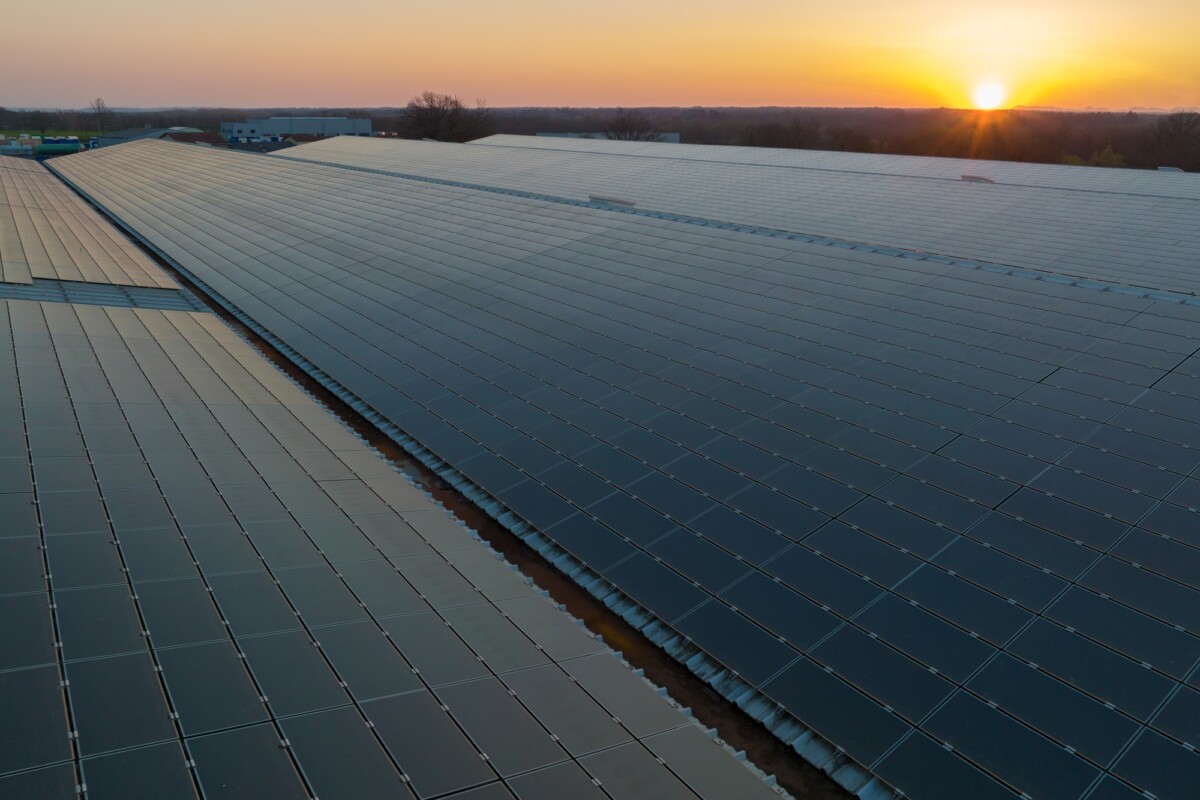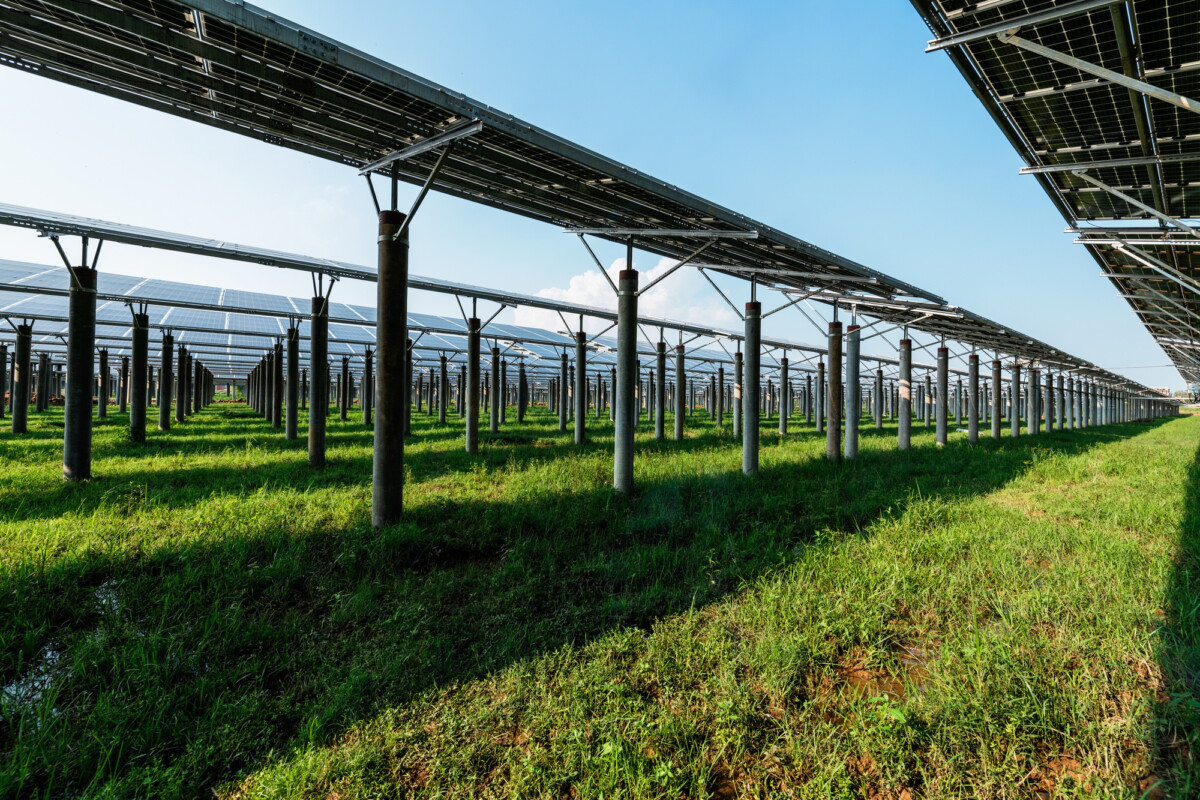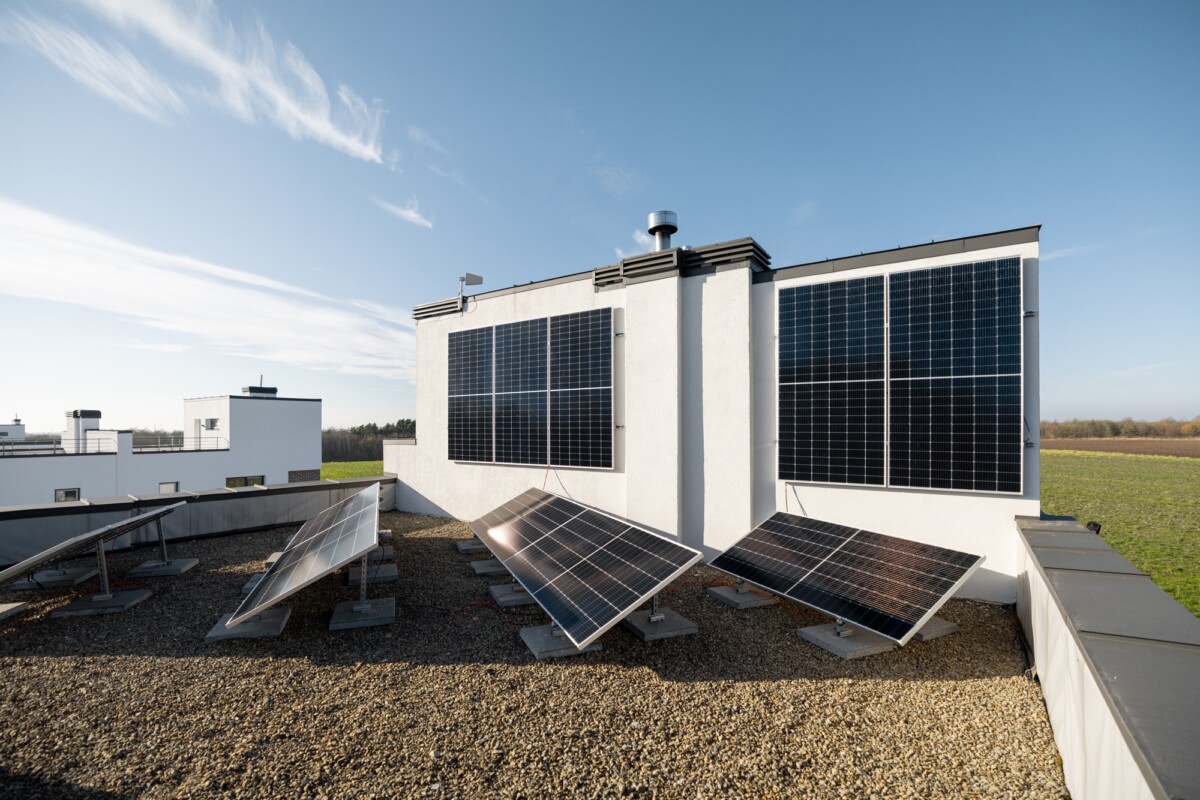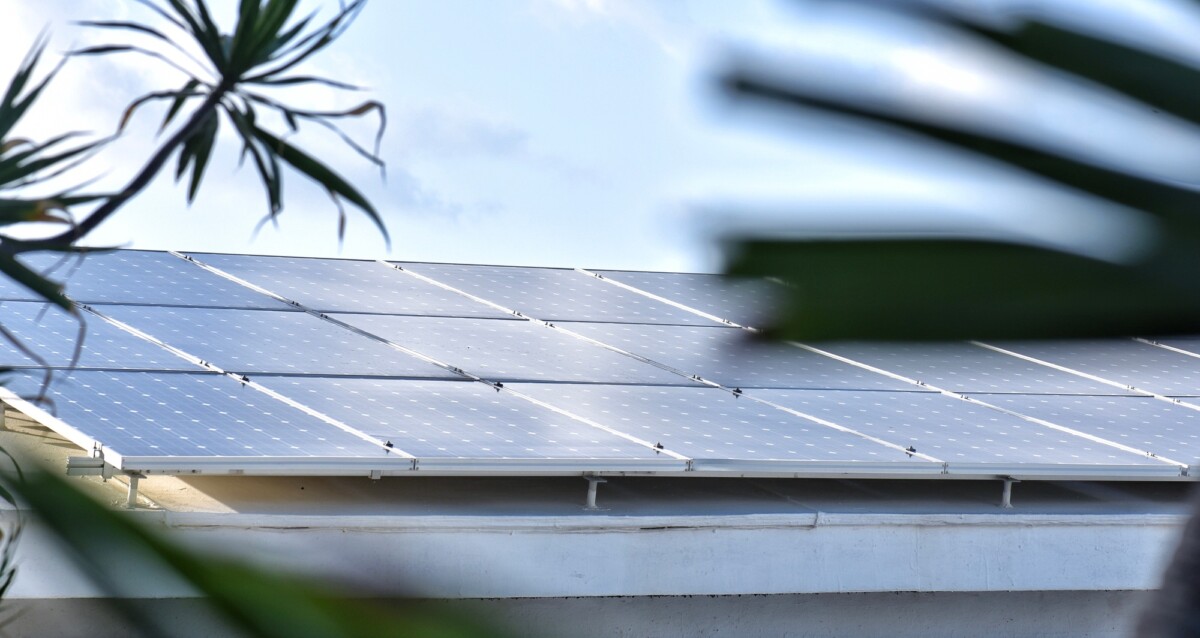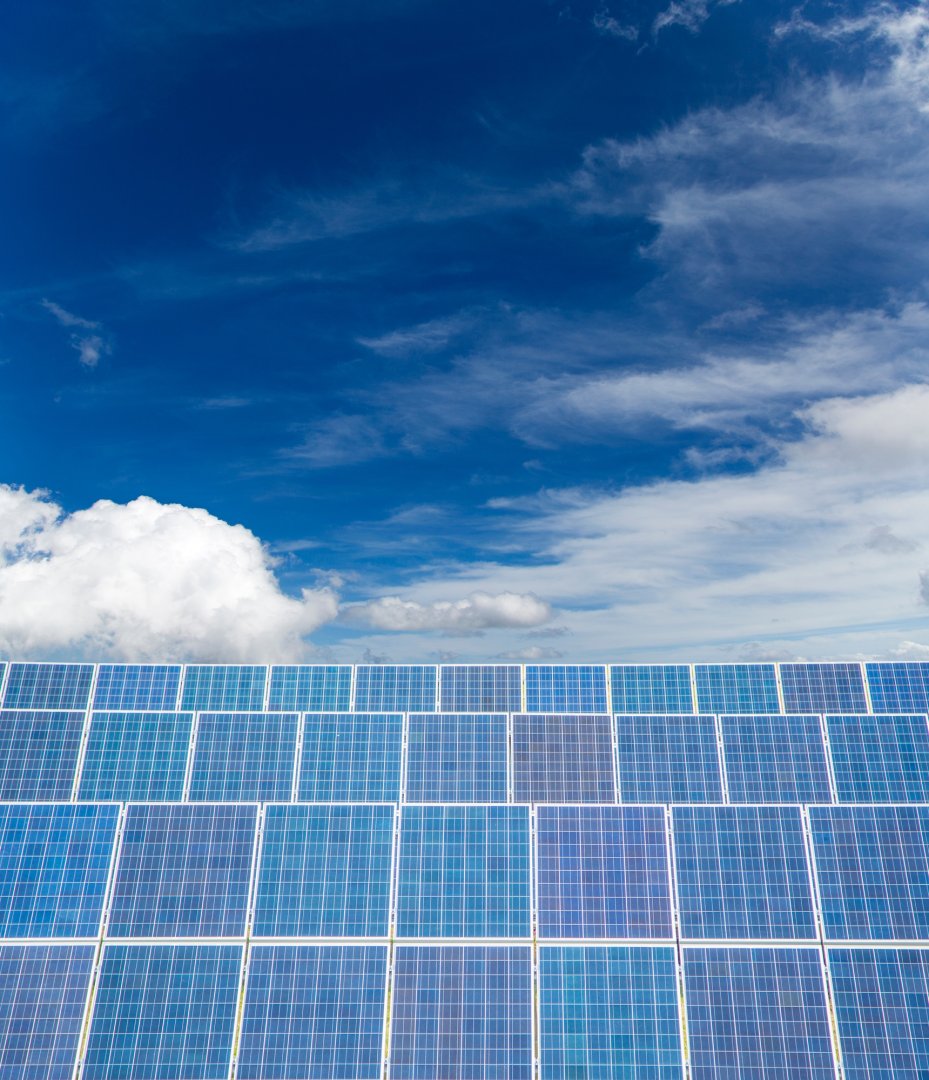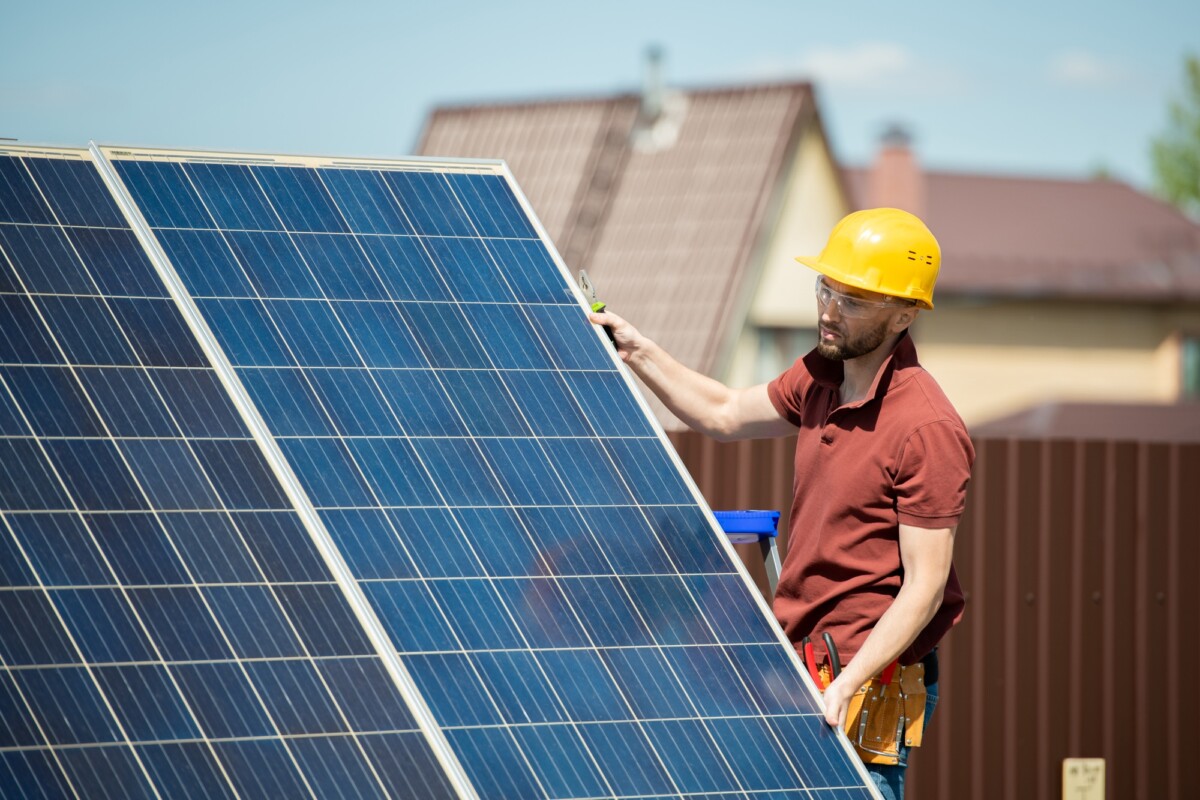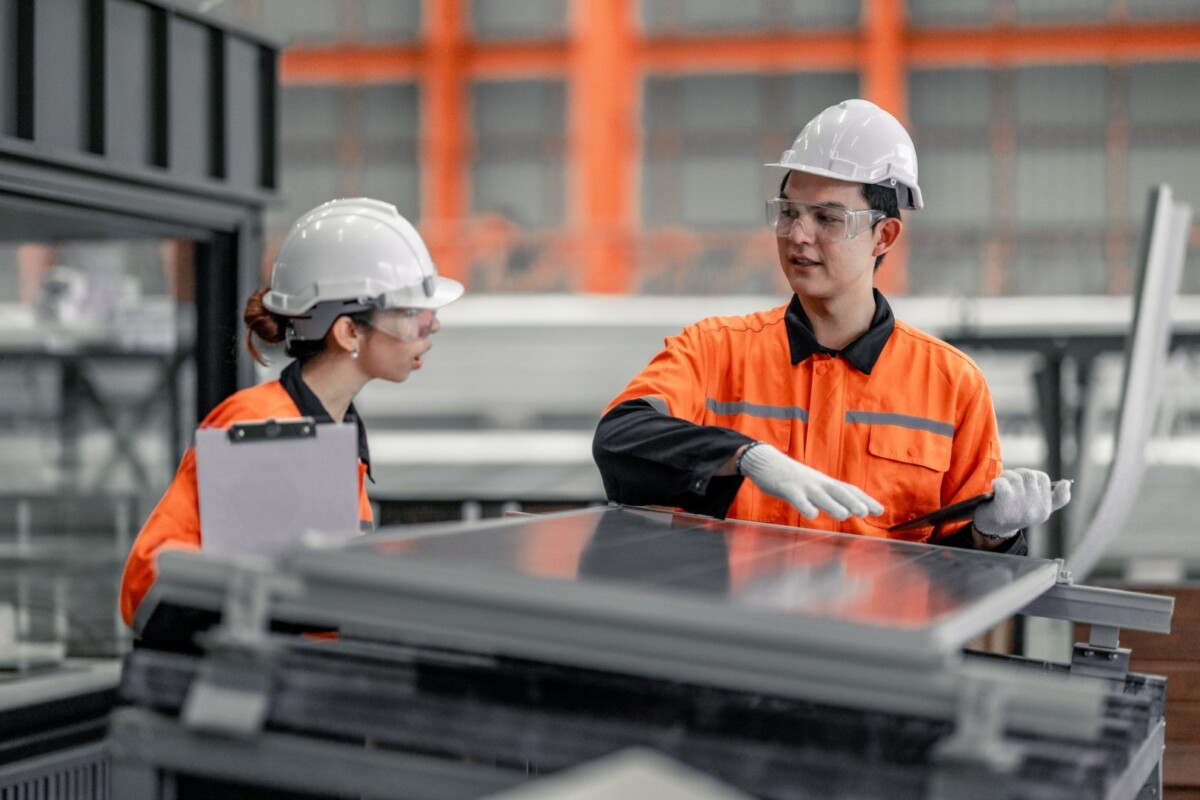How do solar farms work is a question gaining attention as solar energy becomes a dominant source of renewable electricity in the United States. Solar farms, also called solar parks or solar power plants, play a crucial role in transitioning from fossil fuels to clean, sustainable energy. These massive systems can power thousands of homes and businesses without polluting the environment.
In this detailed guide, we’ll explore the structure, components, and operations of solar farms, from energy production and grid integration to maintenance and future growth. Whether you’re a student, an investor, or simply curious about clean energy, this article will help you understand how solar farms work and why they matter.
What Is a Solar Farm
A solar farm is a large-scale installation of solar panels designed to generate electricity on a commercial level. Unlike residential solar systems that are installed on rooftops, solar farms are built on large tracts of land and consist of thousands—or even millions—of photovoltaic (PV) panels.
These farms are typically divided into two categories:
-
Utility-Scale Solar Farms: These connect directly to the electrical grid and generate enough electricity to supply thousands of homes or businesses.
-
Community Solar Farms: Smaller-scale operations that allow individuals or businesses to buy or lease a portion of the generated electricity.
The size of a solar farm can range from a few acres to several hundred acres, depending on the energy output required.
How Do Solar Farms Work Step by Step
Let’s break down the process of how a solar farm works from sunlight collection to power delivery:
Step 1: Sunlight Hits the Solar Panels
Each solar panel on the farm is made up of many solar cells, typically made of silicon. When sunlight hits these cells, it excites electrons, initiating the photovoltaic effect. This is the fundamental process that converts light energy into direct current (DC) electricity.
Since solar panels generate DC, but most power grids and appliances use alternating current (AC), the energy must be converted before it is usable.
Step 2: Inverters Convert DC to AC
After sunlight is converted into DC electricity, it is sent to solar inverters—devices that convert DC into AC electricity. This conversion is crucial for compatibility with homes, businesses, and the electric grid.
Solar farms may use:
-
String inverters: Handle power from a group of panels.
-
Central inverters: Handle power from large sections of the farm.
-
Microinverters: Rare in solar farms, mostly used in residential systems.
Step 3: Power Is Sent to a Transformer
Once electricity is converted to AC, it flows to step-up transformers, which increase the voltage to match the level required by the power grid. Higher voltage allows the electricity to travel long distances with minimal loss.
Step 4: Energy Enters the Power Grid
After transformation, electricity is fed into the power grid, where it is distributed to homes, schools, offices, and industries. This makes solar farms part of the national or regional power supply.
In some cases, solar farms may be built specifically to supply electricity to a certain utility or corporate client under a power purchase agreement (PPA).
Key Components of a Solar Farm
Solar farms operate smoothly thanks to a number of essential components. Understanding each helps explain how solar farms work on a daily basis:
Solar Panels
These are the most visible part of any solar farm. The panels are arranged in long rows across open land to capture maximum sunlight. Most farms use monocrystalline or polycrystalline panels for efficiency and durability.
Inverters
Inverters are placed strategically throughout the farm to convert DC to AC electricity. High-capacity central inverters are most common in large farms.
Transformers
These devices adjust the voltage of the electricity produced so it can be sent through transmission lines efficiently.
Mounting Structures
Solar panels are installed on metal frames called mounting racks. These may be fixed-tilt systems, which remain at one angle, or tracking systems, which move with the sun to increase energy production.
Monitoring Systems
Operators use sophisticated software and sensors to track performance, detect faults, and adjust operations. Real-time monitoring ensures the solar farm runs at peak efficiency.
Grid Connection
The solar farm is linked to the local or national grid through a substation, where power is integrated and controlled.
Types of Solar Farms
Utility-Scale Solar Farms
These are built by energy companies or government agencies and produce from 1 MW to several hundred MW of power. They typically serve thousands of customers and are connected to the grid.
Community Solar Farms
These are smaller farms that allow individuals to subscribe and receive credits on their electric bills. Participants don’t need to install panels on their property, making solar energy more accessible.
Floating Solar Farms
Installed on reservoirs or lakes, these innovative farms save land and reduce water evaporation. Floating solar is becoming popular in land-scarce areas.
Table: Utility vs Community Solar Farms
| Feature | Utility-Scale Solar Farm | Community Solar Farm |
|---|---|---|
| Scale | Large (1 MW and above) | Small to medium (up to 5 MW) |
| Ownership | Utilities or private companies | Shared by community members |
| Connection | Direct to power grid | Shared local distribution grid |
| Cost to Entry | High | Low or subscription-based |
| User Benefits | Grid-wide energy supply | Credits on electric bills |
Advantages of Solar Farms
Clean Energy Production
Solar farms produce electricity without emitting carbon dioxide, sulfur dioxide, or other harmful pollutants. This reduces the greenhouse effect and supports global climate goals.
Economic Development
Solar farm projects create jobs in manufacturing, installation, and maintenance. They also provide lease income to landowners and generate tax revenue for local governments.
Scalability
Solar farms can be scaled up easily by adding more panels. This makes them suitable for both small communities and massive utility projects.
Energy Independence
By generating local electricity, solar farms reduce dependency on imported fuels and increase national energy security.
Grid Stability
Solar farms located across different regions can help stabilize the grid, especially during peak demand hours.
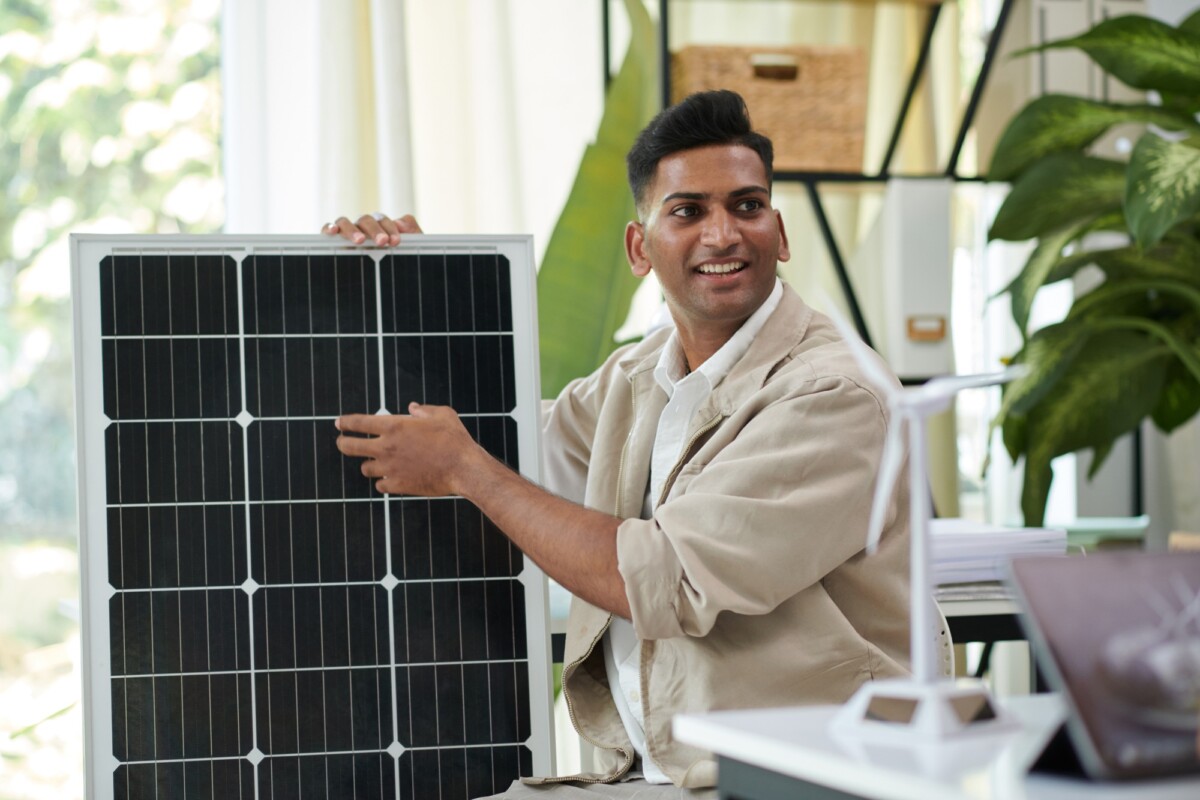
Ready to make the switch? Discover how solar power can lower your bills and boost your home’s efficiency. Get a Free Solar Estimate at FREE SOLAR POWER QUOTES
Challenges and Limitations
Land Use
Large solar farms require significant space, which can impact farmland or wildlife habitats if not planned carefully.
Intermittency
Solar farms only produce electricity when the sun shines. Cloud cover and nighttime can limit output. Solutions include:
-
Battery storage systems
-
Hybrid systems with wind or hydro power
-
Demand-side management
High Initial Investment
Although operating costs are low, initial construction costs for utility-scale solar farms can be in the tens of millions of dollars.
Grid Integration
Not all regions have grid infrastructure capable of handling new solar input. Upgrades may be necessary for effective integration.
Solar Farm Maintenance and Monitoring
Maintaining solar farms is crucial for long-term performance. Common practices include:
-
Panel Cleaning: Removing dust, bird droppings, and debris to prevent efficiency loss.
-
Electrical Testing: Inspecting wiring and inverters regularly.
-
Vegetation Control: Managing grass and plants around the farm to avoid shading or fire hazards.
-
Performance Monitoring: Using AI and software to detect drops in energy production or malfunctioning components.
Many solar farms use remote-controlled drones and thermal imaging cameras for fast, precise inspections.
Environmental and Social Impact
Solar farms have a lower environmental footprint than fossil fuel plants. However, best practices should include:
-
Environmental Assessments: Evaluating land use and impact on local wildlife.
-
Land Reuse: Building on brownfields, deserts, or unused industrial land.
-
Community Engagement: Involving local residents in planning and allowing public benefits.
Solar energy can be harnessed in harmony with environmental and community interests when developed responsibly.
The Future of Solar Farms in the U.S.
The U.S. is rapidly expanding solar farm infrastructure. According to the Solar Energy Industries Association (SEIA), utility-scale solar accounted for over 60% of total new solar capacity in 2024, and the trend is expected to grow further with government support and falling costs.
Emerging trends include:
-
Solar-plus-storage systems for round-the-clock energy supply
-
Agrivoltaics, combining solar panels and agriculture
-
Advanced tracking systems that increase efficiency by 20–30%
With the Inflation Reduction Act extending solar tax credits through 2032, investment in solar farms is likely to accelerate.
FAQs About How Do Solar Farms Work
Do solar farms work at night?
No, solar farms do not generate electricity at night. However, many include battery storage systems to provide power after sunset.
How much energy does a solar farm produce?
A 1 MW solar farm can power about 200–250 homes. Larger farms can serve thousands of customers, depending on size and location.
Can I invest in a solar farm?
Yes, individuals can invest directly or through community solar programs, renewable energy stocks, or green mutual funds.
Are solar farms noisy?
No, solar farms are generally silent. Inverters may emit a low hum, but noise levels are minimal compared to other energy facilities.
How long does a solar farm last?
Most solar farms are built to last 25–30 years, with minimal performance degradation and manageable maintenance.
Final Thoughts on How Do Solar Farms Work
How do solar farms work is more than just a technical question—it’s a key to understanding how we transition to a cleaner, more sustainable energy future. Solar farms use photovoltaic panels, inverters, and transformers to turn sunlight into electricity that powers homes, businesses, and communities.
They offer many advantages including clean energy, job creation, and energy independence. Despite some challenges like land use and intermittency, innovations in storage and design continue to make solar farms more efficient and impactful.
As technology advances and public support grows, solar farms are poised to become a cornerstone of America’s energy grid for decades to come.
Join the solar movement today! Thousands are already saving—claim your free consultation to get started. Schedule Your Free Consultation at FREE SOLAR POWER QUOTES
Interested in more options? Take a look at SOLAR ENERGY for tailored solar solutions that suit your home!





